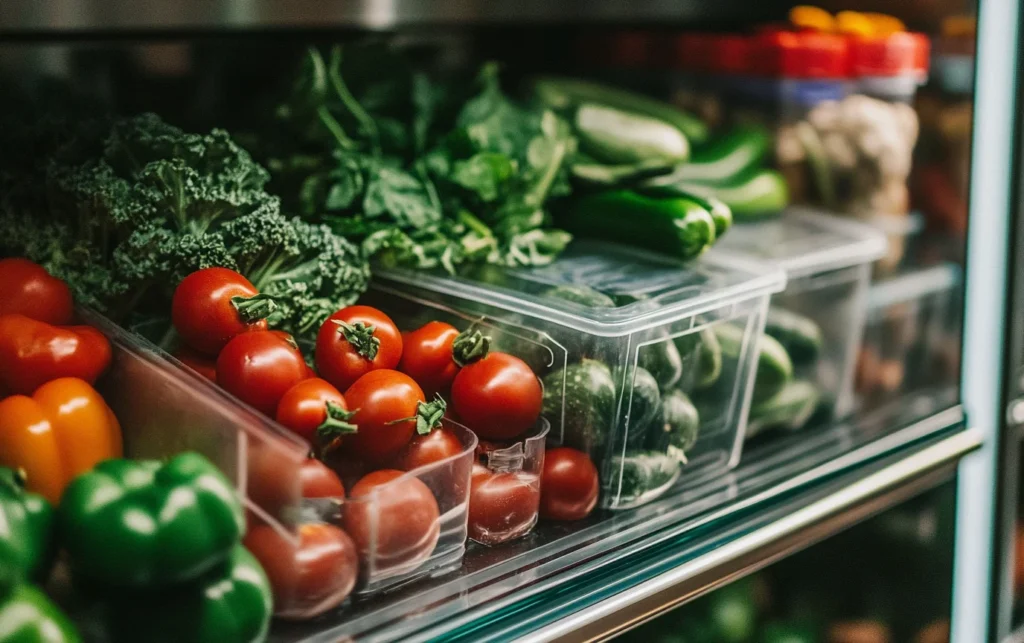Vegetables require specific storage conditions to maintain their freshness and extend shelf life. However, many homeowners face a common problem: moisture accumulation in vegetable storage boxes. This issue can lead to spoilage, decay, and a significant waste of produce. Fortunately, there are effective strategies to mitigate this problem.
Why Does Moisture Accumulate?
The accumulation of moisture in storage boxes can be attributed to several factors:
- Respiration: Fresh vegetables continue to breathe after being harvested, releasing moisture in the process.
- Humidity Levels: High humidity in storage areas can exacerbate the problem, creating a damp environment.
- Condensation: Temperature fluctuations can cause condensation to form inside storage containers.
Effective Solutions
To manage and reduce moisture levels, consider the following tips:
- Use Ventilated Containers: Opt for storage boxes designed with air holes to promote airflow, helping to reduce humidity.
- Keep the Box Dry: Before storing, ensure that your containers are completely dry. Wipe them down if necessary.
- Avoid Washing Before Storage: Wash vegetables only right before use rather than before storing them to prevent excess moisture.
- Add Absorbents: Place moisture-absorbing materials, such as silica gel packets or activated charcoal, inside storage containers to help combat humidity.
- Monitor Storage Conditions: Keep an eye on the temperature and humidity levels of your storage environment. Aim for conditions that are cool and dry.
Storing vegetables properly is crucial for maintaining their freshness and nutrition. By implementing these strategies, you can significantly reduce moisture accumulation and enjoy your produce for longer periods. Remember, a little prevention goes a long way in preserving your vegetables and minimizing waste.

